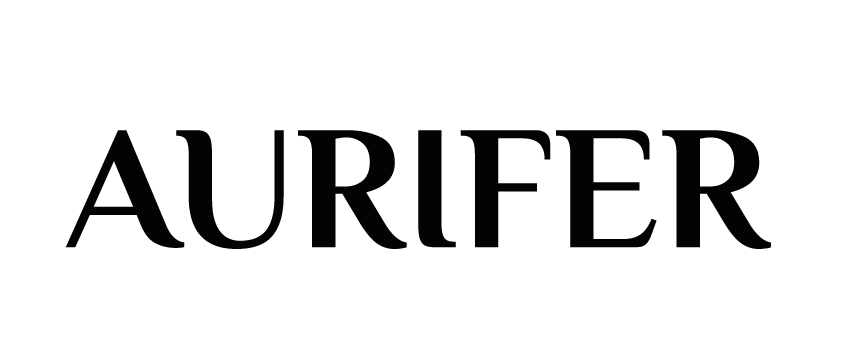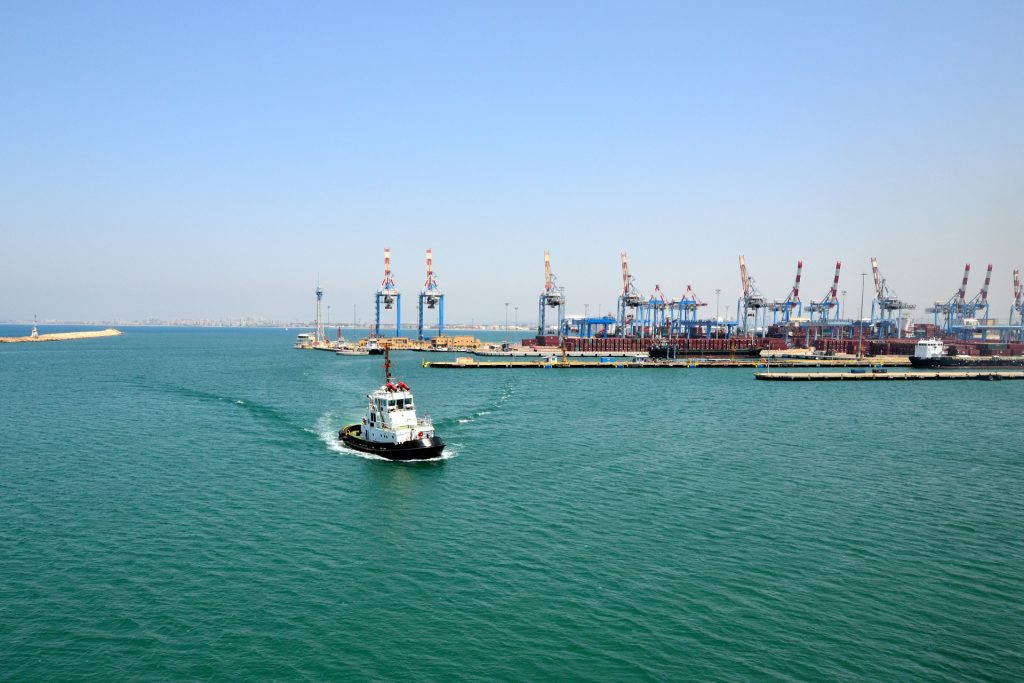

VAT adds complexity to customs
The Gulf Cooperation Council applies a unified Customs Law since 2002. The same GCC Member States have signed an Agreement to implement VAT. The VAT legislation will apply on imports and supplies of goods, amongst others also on supplies of goods between the Member States of the GCC.
Contrary to customs duties though, VAT on imports is recoverable. Customs duties are paid to the Customs authority and import VAT usually follows the same procedure.
Holding compliant customs documentation will now however become even more important since the tax authorities will require importers and exporters to hold compliant documentation. Any customs suspension and associated procedures (e.g. warehousing) will also be followed by the tax authorities for VAT purposes. In other words, getting it wrong will not only impact customs duties but also VAT, increasing potential risks.
Since the GCC Customs Union works in a more complicated way than for example the Customs Union in the European Union, this complexity trickles through in VAT. This is compounded by the fact that not all GCC Member States will implement VAT at the same time.
Pending the implementation of VAT in the UAE and KSA on 1 January 2018, a mapping of the supply chain is required in order to qualify each and every single transaction for VAT purposes and determine what the invoicing, reporting and compliance requirements are. The implementation of these transactions in the IT systems will be the most time consuming process. Although a lot of the legislation is yet to be published, businesses should and can already start preparing.



